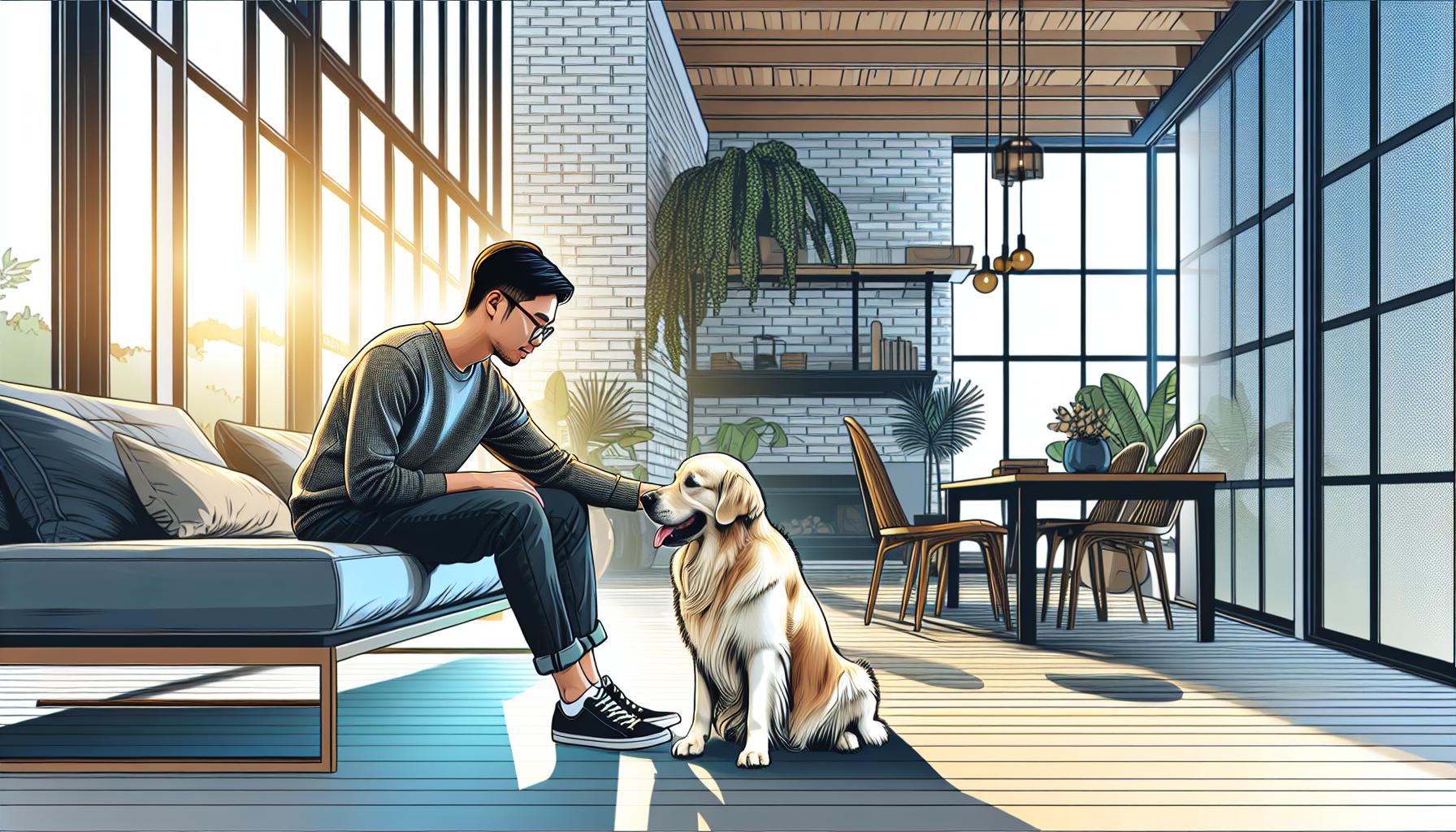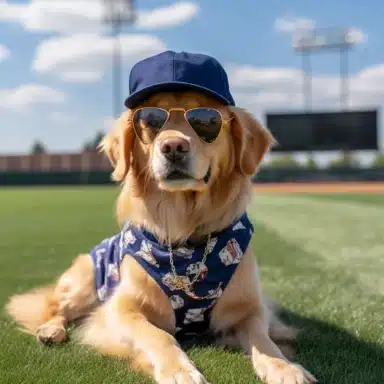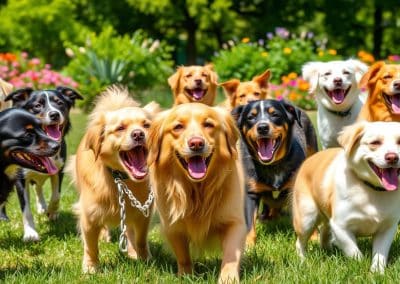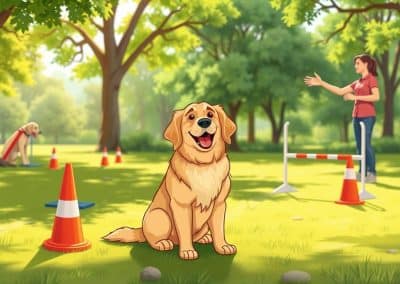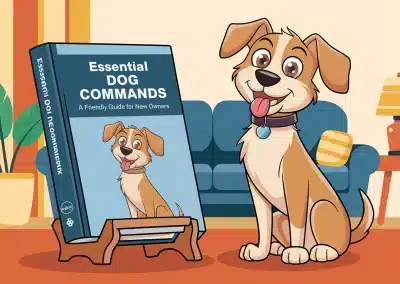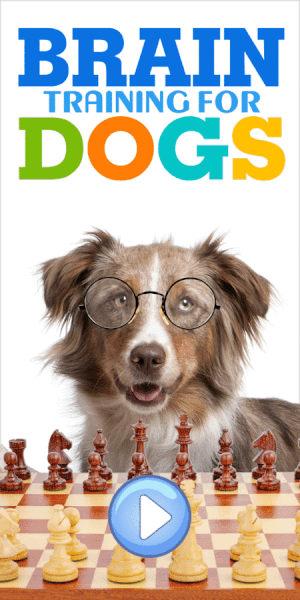Stop your Golden Retriever’s Jumping, Golden Retrievers are known for their boundless energy and affectionate nature. However, their enthusiasm can sometimes lead to excessive jumping, which can be a challenge for pet owners. I’ve been there, trying to navigate the fine line between encouraging their playful spirit and teaching them manners.
In my journey, I discovered several effective strategies to curb this behavior without dampening their joyful personalities. From understanding why they jump in the first place to implementing consistent training techniques, I’ll share insights that can help you transform your enthusiastic greeter into a well-mannered companion.
Understanding the Root Cause of Jumping Behavior
When I first noticed my Golden Retriever’s penchant for jumping on people, I knew I had to dig deeper to understand the root cause of this behavior. Through my research and experience, I’ve learned that the main reasons can be broken down into a few key areas.
First and foremost, Golden Retrievers are naturally sociable creatures. They express their excitement and affection by getting as close to human faces as possible, mimicking the warm greetings they would offer to their canine companions. This instinctive behavior is a sign of their love and excitement.
Another critical factor is the attention they receive when they jump. Whether it’s positive or negative, to a dog, attention is attention. Early on, my Golden learned that jumping could be a reliable way to engage with me, even if it was just to push him down or scold him. This reinforcement, albeit unintentional, can make the behavior stick.
Lastly, excess energy plays a significant role. Golden Retrievers are energetic and require considerable exercise. I realized that when my dog’s physical and mental stimulation needs weren’t met, the pent-up energy would often manifest as more jumping.
Understanding these root causes has been crucial in addressing my Golden’s jumping behavior. It’s impelled me to look beyond the jumping itself and to see the underlying needs and instincts driving this behavior. By acknowledging these factors, I’ve been able to approach training from a more informed and empathetic standpoint.
Setting Clear Boundaries and Expectations

Establishing clear boundaries and expectations is crucial when you’re trying to curb your Golden Retriever’s tendency to jump. I’ve discovered that consistency is key. Every time my Golden jumped on me or visitors, I made sure to respond the same way. It’s tempting to let it slide, especially when you’re in a good mood or if you think it’s just a form of affection, but trust me, consistency pays off.
One effective strategy I employed was turning my back on my dog the moment he attempted to jump. This action sends a clear message that jumping won’t get them the attention they’re seeking. Additionally, using a firm, yet calm “no” helps reinforce this boundary. It’s about striking the right balance; you don’t want to frighten them, but they need to understand that jumping is not acceptable behavior.
Moreover, rewarding good behavior plays a significant part in setting these boundaries. Whenever my Golden Retriever approached me or anyone else without jumping, I immediately offered praise or a treat. This positive reinforcement helped him understand the behaviors that were acceptable and those that weren’t.
To make the most of these strategies, everyone in your household should be on the same page. Consistency across all family members strengthens the learning process, creating a unified front that’s far more likely to result in successful training. Remember, patience and persistence are your best tools in this journey.
Consistent Training Techniques
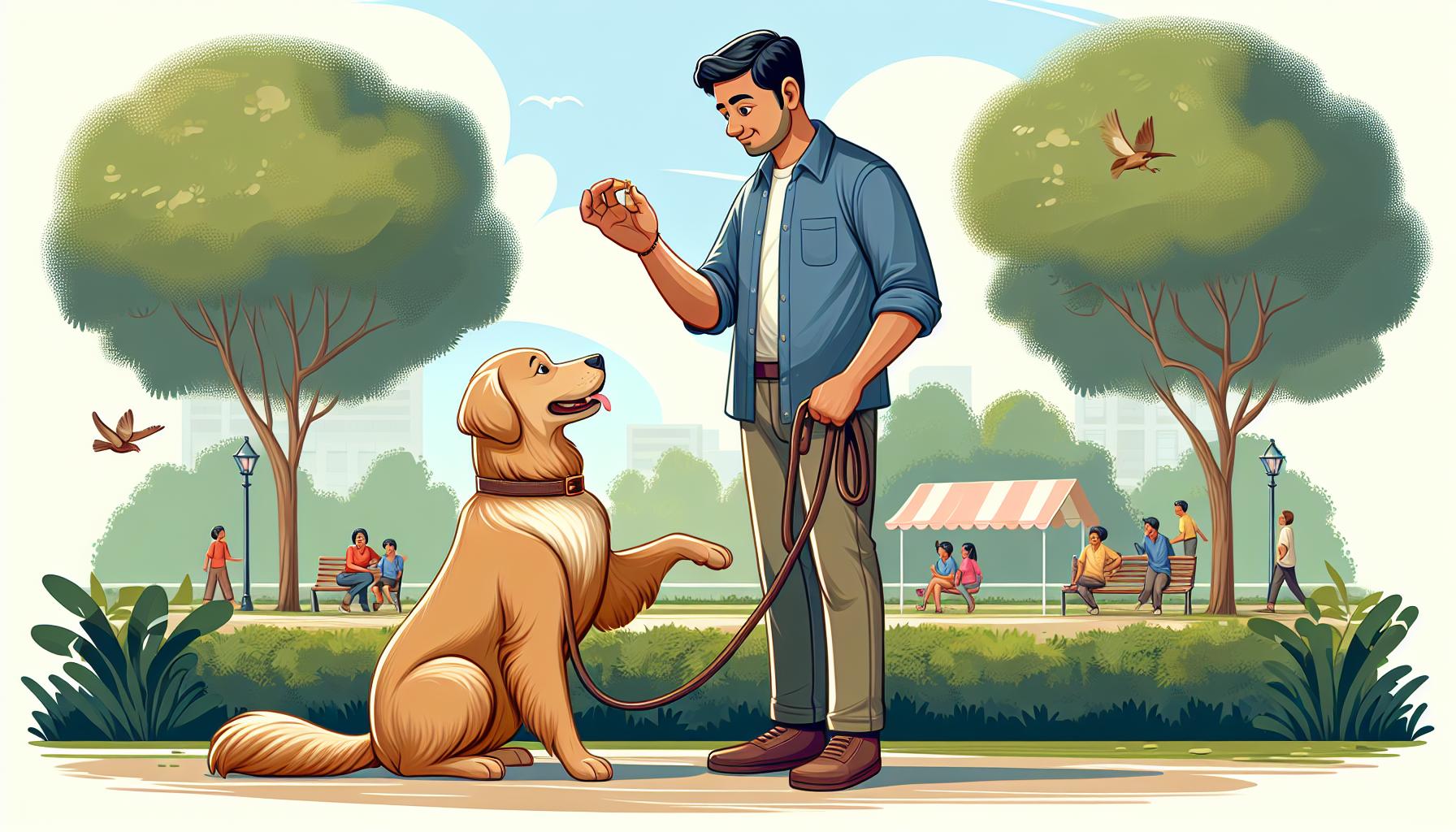
When it comes to teaching my Golden Retriever not to jump, I’ve found that consistency is key. It’s all about creating a routine that both me and my dog can understand and follow. Every time my dog greets me or anyone else, I ensure that the same rules apply, no exceptions. I’ve seen firsthand how mixed signals can confuse them and set back training progress.
One technique I consistently use is the sit to greet method. This means my dog must sit before receiving any kind of attention or affection. It wasn’t easy at first, but with patience and perseverance, it started to pay off. Timing is crucial here; I always have treats ready to reward my dog the moment they obey the sit command.
Another strategy I’ve incorporated is the leash method during walks. I keep my Golden on a short leash and when they attempt to jump on someone, I gently pull back and command them to sit. The instant they comply and all four paws are firmly on the ground, I praise them and offer a treat. It’s a simple but effective way to reinforce good behavior outside the home.
I also emphasize the no touch, no talk, no eye contact rule until my dog calms down. It’s amazing how quickly they catch on that calm behavior equals attention and love.
For those of us who are visual learners, here’s a quick breakdown of the key points:
- Sit to Greet Method: Reward sitting before greeting.
- Leash Method: Gentle pull back and command to sit when attempting to jump.
- No Touch, No Talk, No Eye Contact: Only give attention when calm.
Remember, the goal isn’t to punish our dogs, but to teach them how we’d like them to greet us and others in a calm and respectful manner. Every dog is different, so it’s important to adapt these techniques to fit your Golden Retriever’s learning curve.
Redirecting the Behavior Through Positive Reinforcement

When it comes to stopping my Golden Retriever from jumping, I’ve found that redirection through positive reinforcement isn’t just effective, it’s essential. This method is all about channeling their energy into behaviors we want to encourage rather than simply scolding them for what we don’t. For example, every time my dog approached me with the intent to jump, I’d redirect his attention to a sit command. The moment he complied, I lavished him with praise and treats. Over time, he started associating greeting me with sitting rather than jumping.
Key points to remember:
- Always have treats handy to reward the desired behavior immediately.
- Consistency is crucial. Every person my dog interacts with follows the same protocol to avoid confusing him.
- Patience is key. Not every dog will learn at the same pace.
Incorporating play and obedience training sessions also offers an excellent outlet for their boundless energy. By integrating fetch or tug-of-war as a reward, I’m not only keeping my Golden engaged but also reinforcing the behaviors I want to see more of. It’s a win-win scenario.
Another tool in my positive reinforcement kit is clicker training. Every time my dog successfully resists the urge to jump and opts for a calm greeting, a click paired with a treat works wonders. It’s all about timing and ensuring the clicker marks the precise moment of good behavior.
It’s amazing how quickly Golden Retrievers can pick up on these cues when they’re motivated by positive reinforcement. By staying consistent with these methods, I’ve seen a remarkable improvement in how my dog greets both me and others, transforming overly enthusiastic jumps into calm, respectful welcomes.
Creating a Calm Environment for Your Golden Retriever
One of the key factors in teaching your Golden Retriever not to jump is the overall atmosphere of your home. I’ve learned through my years of dog training that a calm and stable environment plays a critical role in how a dog responds to training and general behavior.
To start, I make a point of keeping my own emotions and energy levels in check. Dogs, especially Goldens, are incredibly sensitive to our moods and can easily become excitable if they sense high energy or frustration from us. When I come home, I ensure that my greeting is calm and subdued, avoiding any actions that encourage excitement and, subsequently, jumping.
Similarly, I’ve found that routine plays a significant part in establishing a tranquil environment. I set specific times for feeding, walks, and play. This predictability helps to reduce anxiety and excitement levels, which can often trigger jumping.
Moreover, I pay attention to the physical space my dog occupies. A clutter-free space with a comfortable resting area for the dog minimizes distractions and creates a serene haven where they can relax. Incorporating elements like soft music or white noise can also help soothe an excitable Golden.
Through maintaining a calm demeanor, establishing routines, and optimizing the physical living space, I’ve observed that my Golden Retriever demonstrates a considerably calmer disposition. This foundation of tranquility is indispensable when addressing their inclination to jump in greeting.
Conclusion
I’ve seen firsthand how creating a serene environment can transform a Golden Retriever’s behavior. It’s not just about stopping the jumping; it’s about fostering a bond built on mutual respect and understanding. Remember, consistency is key. By sticking to the strategies outlined, like managing my emotions and setting clear routines, I’ve not only curbed the jumping but also enhanced our overall relationship. It’s a journey worth taking for the peace and happiness of both you and your furry friend. Let’s embrace these changes together and enjoy the calm, joyful companionship our Golden Retrievers bring into our lives.

